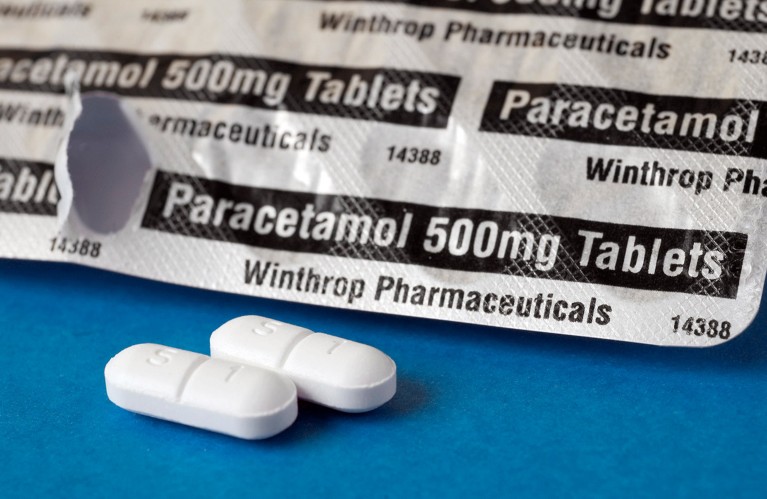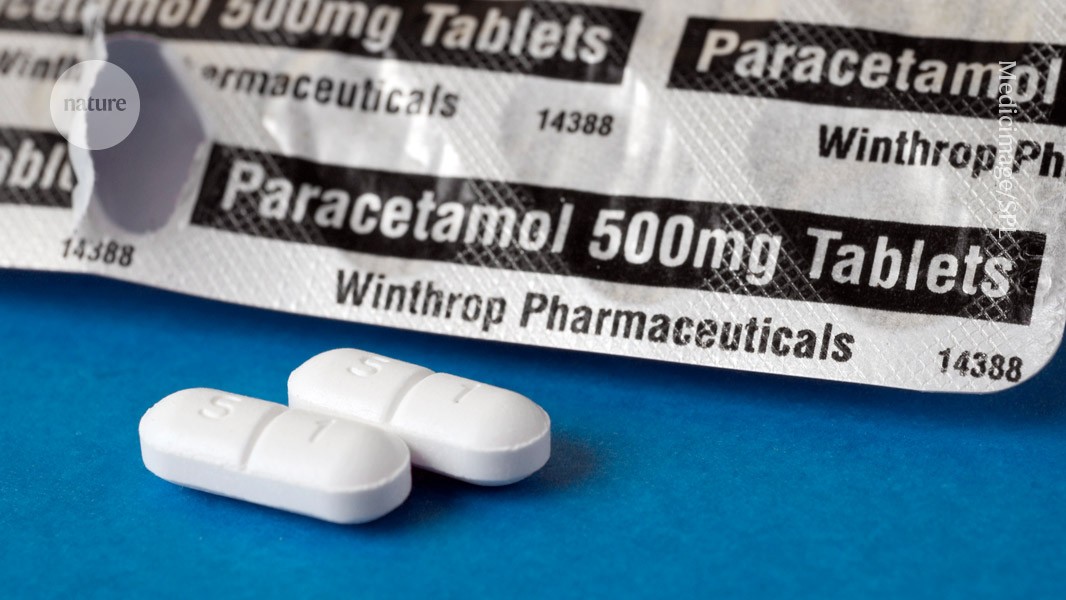
Credit: Medicimage/Science Photo Library
A common bacterium can be adapted to convert plastic waste into paracetamol, a study published this week in Nature Chemistry1 reports.
Paracetamol, also known as acetaminophen, is widely used to treat pain and fever. It is produced from molecules derived from fossil fuels, but researchers are working to develop processes that use more sustainable source molecules, such as plastic waste.
“We’re able to transform a prolific environmental and societal waste into such a globally important medication in a way that’s completely impossible using chemistry alone or using biology alone,” says co-author Stephen Wallace, a chemical biotechnologist at the University of Edinburgh, UK.
Central to the project’s success was the discovery by Wallace and his team that a synthetic chemical reaction that typically requires conditions that are toxic to cells can occur in their presence. The reaction, called the Lossen rearrangement, has been known for over a century, but had previously been observed only in a test tube or a flask, says Wallace.
Plastic unpacked
To convert plastic waste into paracetamol, the researchers used conventional chemical methods to degrade and modify polyethylene terephthalate (PET), a plastic used in food packaging and textiles, into a precursor molecule. They added this molecule into bacterium Escherichia coli cell culture, where the Lossen rearrangement transformed it into a biologically relevant molecule. The reaction also occurred, to a lesser extent, in the experiment’s negative control, which contained only the precursor molecule and growth medium. The team later discovered that phosphate, an ion found in all organisms, catalyzed the reaction.
The authors also modified the E. coli, introducing the genes for enzymes able to catalyse reactions that use the product of the Lossen rearrangement. The enzymes produced by the modified E. coli carried out the remaining synthetic steps needed to create paracetamol. When the researchers gave the degraded PET to these bacteria, 92% was converted to paracetamol.


